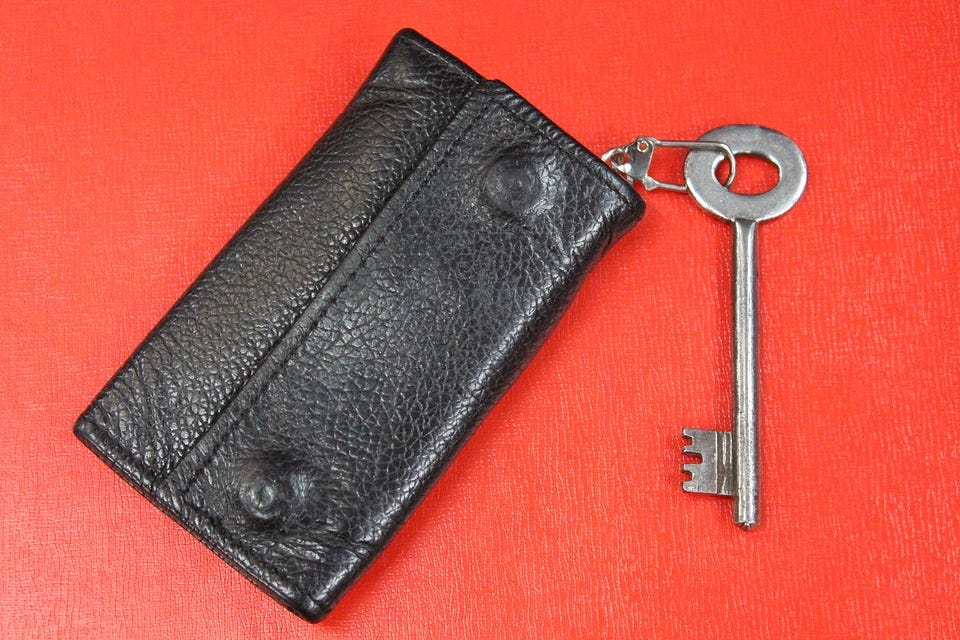Latest news about Bitcoin and all cryptocurrencies. Your daily crypto news habit.

Wallet. Coin. Digital gold. You’ve heard them before, but are these simplifications really accurate descriptions of what goes on behind the curtain of the Bitcoin show? Let’s examine!
A Bitcoin Wallet has almost no similarities to a regular wallet. It’s looks piece of software that can send or receive Bitcoin but what it really does is handling your private keys to assign or modify value to a certain address in the blockchain. It also monitors the addresses you hold the keys to, and displays their value, denominated in a currency of your own choice. Bitcoin are never really “held” by anyone. They’re everywhere. What you hold is the key to access them. If you cross a national border with a Bitcoin key you never really moved any money from one place to another. Bitcoin exist in all countries at all time.
A physical coin cannot be divided into smaller parts. A physical coin often represents one of the smallest denominations of a currency. A Bitcoin, on the other hand, is worth a lot and can be divided into a hundred million parts. If you think of value and how real the token we use to assign it is, physical coins are about as real as it gets. Sure, you can’t eat them but you can carry them around quite easily and exchange them for goods with your fellow man. A Bitcoin is on the opposite side of the spectrum and is about as abstract as it gets. You can fork it twice and profit from selling pieces of data from a software clone of a software clone. This is about as meta as it gets.
You might also have heard Bitcoin described as digital gold or gold 2.0. While this is a better metaphor than most in this space, it’s not really accurate. First of all, the definition of something digital is “an electronic technology that generates, stores, and processes data in terms of two states: positive and non-positive.” Bitcoin itself is not really digital. Public and private keys are hexadecimal numbers and it would be nearly infinitely time-consuming to calculate anything related to the blockchain by hand but this is not what makes this technology so special. “Digital” has very little to do with decentralized, immutable and censorship resistant. “Gold” is a better analogy but this too is not a hundred percent accurate. Like Bitcoin, gold is a resource that needs to be mined. Unlike Bitcoin, no one knows how much gold there is left in the world. How much Bitcoin there is left is public knowledge. Like Bitcoin, gold is valuable because of high demand and a limited supply. An increase in demand for gold leads to more gold being mined more rapidly. An increase in demand for Bitcoin can make Bitcoin mining more profitable but does not lead to an increase in coins created.
While this new technology is hard enough to understand as it is, bad metaphors complicate things even more. They’re bad for mass adoption but perhaps not as bad as the most common misunderstanding or misuse of language in the crypto world, the use of plural form when referring to blockchain technology. I’m sure there are many forms of periodic tables out there, but when we talk about the periodic table, we talk about the periodic table. This should apply to the blockchain as well, the Bitcoin blockchain. The Bitcoin blockchain, and its limited supply of tokens, is the real invention here. This cannot be stressed enough. Like other languages can be spoken in english-speaking countries, altcoins can coexist with Bitcoin but the entire underlying trust-mechanism and the faith in the blockchain relies on the success of the world’s only reserve crypto asset — Bitcoin.
On bad metaphors was originally published in Hacker Noon on Medium, where people are continuing the conversation by highlighting and responding to this story.
Disclaimer
The views and opinions expressed in this article are solely those of the authors and do not reflect the views of Bitcoin Insider. Every investment and trading move involves risk - this is especially true for cryptocurrencies given their volatility. We strongly advise our readers to conduct their own research when making a decision.
